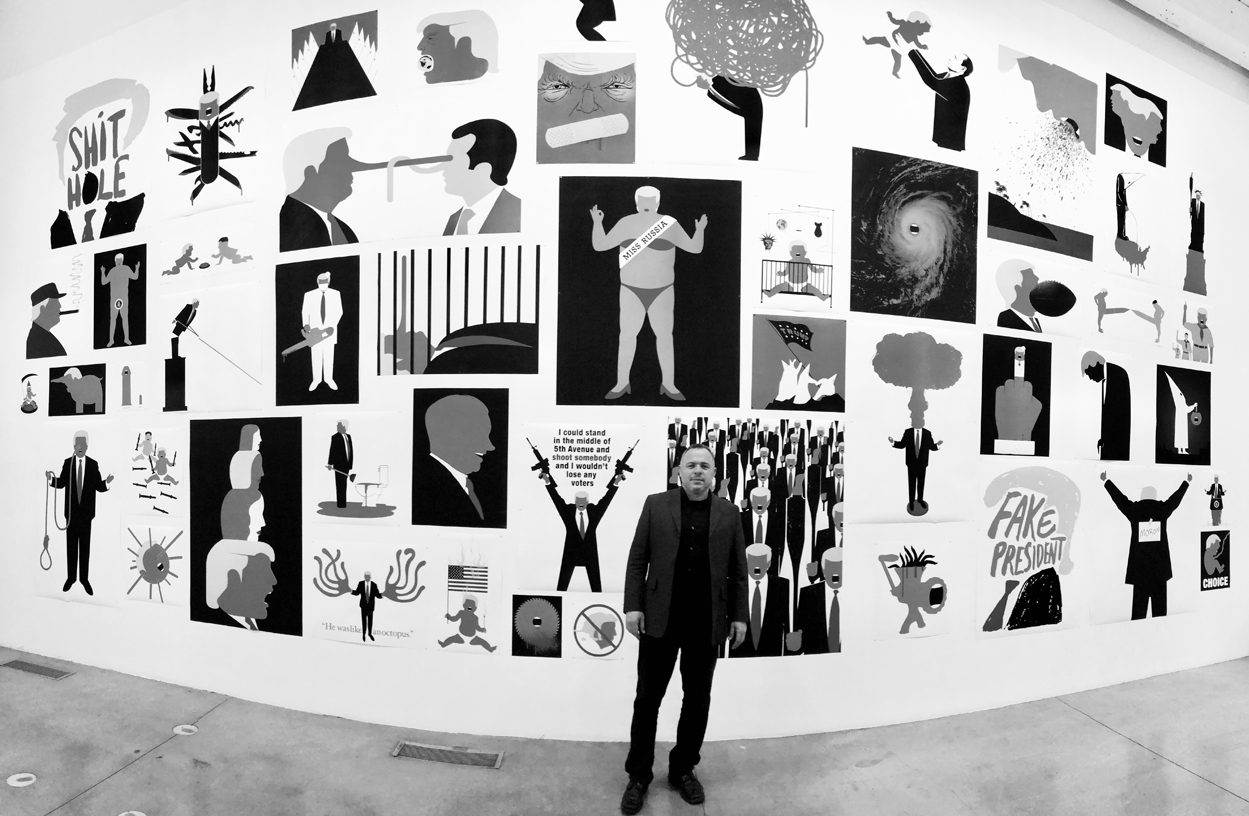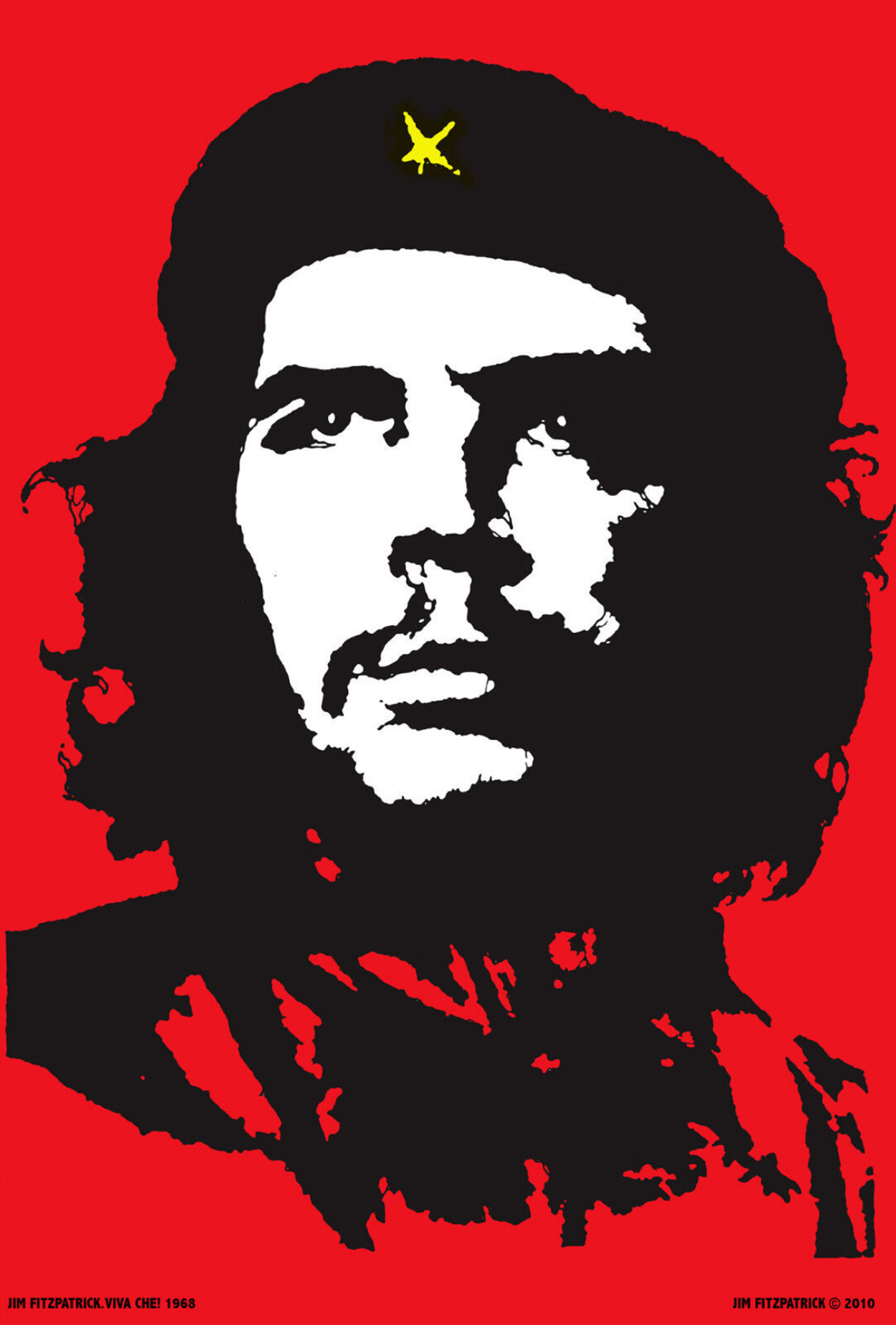
Christopher Scott, internationally recognised social awareness poster designer—founder of Ecuador Poster Bienal and co-founder of the United States International Poster Biennial—shares his advice on how to approach designing for social causes.
Social visual responsibility
Graphic Design is the visual language for the world. Therefore, as visual communicators, we have a responsibility to create work based on social issues in an attempt to help improve humanity. Even in a digital world, the poster still remains a potent voice of the people, reflecting our society and how we interact with each other.
Simply complicated
We’re always told that simplicity is the key to good design, and to some extent this is true. However sometimes simplicity is boring, obvious and often lacks creativity. In my work I try to convey a simple message in a complex visual—one that prompts the viewer to see, feel and then to think. Using commonly understood imagery helps connect people to certain topics and memories of situations. These are useful visual metaphors. I like to think a good social poster is like a jigsaw—something the viewer needs to solve. It encourages people to become emotionally connected with what they’re seeing. When the puzzle becomes complete the connection is deeper and more memorable.
We’re always told that simplicity is the key to good design, and to some extent this is true. However sometimes simplicity is boring, obvious and often lacks creativity.
Emotion
In 2014 I did a workshop in Ibarra, Ecuador, on the theme ‘Work Right’. At the end of the workshop we displayed the results in the University so the students and teachers from other departments could see the work. What happened next will remain with me for the rest of my life; a woman who worked in the University started to cry in response to one of the posters.
“A poster can not change the world, but it can change a person’s world.”—David Jiménez
I always try to put myself in the shoes of the person the image directly affects. This is important because the general public are more inclined to relate to human stories, something they themselves can connect with. However, to comprehend what a person is feeling, or to understand the hardships they’ve had to endure, is truly challenging—but it’s important to try; it’s vital to achieve that understanding in some way.
Good timing
A good social poster relies on good timing, because then it can have a larger impact on society. It’s a way to leverage a wider social conscious because it’s relevant and pertinent to people at that moment in time. For example, Edel Rodriquez, a Cuban-American artist, has created many powerful and controversial illustrations as critical visual commentary about Donald Trump. The 45th President of the United States is certainly relevant to many people around the world, particularly with such divided views about Trump. Ensuring Rodriquez’s work is timely provides greater impact, reach and relevance to the audience.
A good social poster relies on good timing, because then it can have a larger impact on society.

The creative process
Every designer’s creative process is different but for me there are two fundamental aspects that need to be highlighted; investigation and sketching. To start, I do a lot of research on the social topic I’m trying to highlight. I read books, watch videos and, most importantly, talk to people—to get their reactions and views. Young designers ‘might lift up a shovel and dig once’ (so to speak) and then say they’re done with their investigation. But this is not enough. Research needs to be deeper and wider—and this takes effort.
Sketching is something I love and hate at the same time. However, understanding its value is so important because design is a process and it can literally take me hundreds of pages full of sketches before I get the right concept. Of course it’s frustrating as hell, but it’s the most rewarding part of the creative process. Unsurprisingly, I’m often asked: “How do you know when you have a good idea for a social poster?” My answer is always the same: I sketch, sketch and sketch until I get goosebumps in my arm.
“There are three responses to a piece of design—yes, no, and wow! Wow is the one to aim for.”—Milton Glaser
Fuck target marketing!
Design for everyone
In design we’re often told to use a target market strategy, which involves breaking a market into segments and then focusing your proposals on one or a few key segments consisting of the customer’s needs and desires. Fuck target marketing! This narrow-mindedness is one of the main problems with design and advertising in which they limit the importance of what designers do. Some of the most impactful designs throughout history—such as the iPhone, Viva Che by Jim Fitzpatrick (pictured below), and the new approach for Matchroom Boxing—all involve the general public bringing those designs to the masses. A good response to a social issue takes everyone into consideration and respects everyone—no matter their country of origin, culture, background or language. A good visual should speak to everyone.

Image credits:
Christopher Scott portrait photograph supplied by Christopher Scott
Edel Rodriguez exhibition portrait photograph by Jeff Selis